This week I was in London delivering a workshop at the Financial Times with Psychologist and DEI expert, Nadia Nagamootoo. 🗞️
The team fully embraced the power of experiential learning in our Art After Dark session!
The arts did their job beautifully, creating a light and joyous atmosphere for a topic that can sometimes feel heavy.
Every single time I'm reminded of the power of artistic expression in helping us make leaps in connection in just 2 hours that would be otherwise inconceivable.
So now to this week's topic!
Perhaps inevitably, given my surroundings at the FT, I've been thinking about the financial value of the intangible.
It seems that it's often the things we cannot physically hold in our hands like our knowledge, our ideas and our relationships that are most valuable.
I believe we should speak about them more regularly rather than just when the subject arises with the sale or acquisition of a business!
So this week, I'm going to paint a picture of the way we assess some of these intangibles and how building strong, connected relationships that compound over time is key.
Communicating Intangible Benefits to Stakeholders;
Lets look through a CFO's eyes at 3 intangible assets and their potential for competitive advantage;
- Goodwill - Goodwill relates to the value of a company's brand reputation, customer service, intellectual property and🥁....employee relationships that may be obtained by one company when it purchases another and is captured on the balance sheet. That's right, stakeholders earn a premium on their business if they manage to get employee relationships working well.

- Innovation - Ideas that contributes real value to the bottom line and the potential for a team to create more of them is highly valuable. Having spent a fair chunk of my career running innovation teams, I know from experience that strong relationships are fundamental to not only cultivating teams with a certain "je ne sais quoi" and creative confidence to invent great products, but also with the ability to work together to launch them with excellence. Ideas are worthless without execution.
- Stability - Relationships form the glue of the organisation and the ability for people to move as one to deliver on their collective vision. The stability and consistency of leadership teams are therefore important indicators of the company's ability to continue to generate profit and generate topline growth in future.
Ideas for Action 👉

So how can we strengthen these precious relationships? Continuing the financial lens, lets consider Compound Interest.
Summed up beautifully by Albert Einstein, a scientist not known for exaggerating; “Compound interest is the eighth wonder of the world. S/He who understands it, earns it … s/he who doesn't … pays it.”
It's when you earn interest on the money you've saved and on the interest you earn along the way.
Experts such as James Clear, author of Atomic Habits, write extensively about using the principle of compound interest for habits, whether they apply to health, wealth, or happiness.
And it's my view is that this can help us in our approach to building trusting, supportive team relationships. Through regular practice we can get better at listening and constructively challenging to get to better outcomes.
Getting results from compounding interest, requires three critical behaviours:
- Starting – It doesn't necessarily require a detailed plan but what does matter is talking about the importance of workplace relationships with your SLT and your teams, setting the intention to improve them and simply starting. The earlier you invest in improving your people's relationships, the sooner they can start to strengthen and you will reap the rewards.
- Consistency – Avoiding lapses, doing at least a little even if you can’t do a lot and bouncing back quickly from bad days or weeks. This is what I hope this weekly email helps you with. Ideas for small interventions that you can try with your team and see what works for you.
- Make time, your friend – Patience and perseverance; thinking long-term and resisting short-term impulses and distractions that arise from the busyness.
And finally a word of caution.
Compounding works both ways in building both good and bad behaviours.
Negative behaviours and unspoken beliefs sadly compound over time too. Without intervention they fester and take hold in your organisation and will directly undermine your growth initiatives.
In summary, employee relationships matter and I think we should all champion articulating their value loud and clear much more often!
This Week's Painting🖼️

This week I painted "The Bee", as this represents the pollinator that's so fundamental to our wellbeing and survival. Without bees, there would be a negative domino effect and the fabric of our world would fall apart.
This is how I think we need to view human relationships in the workplace. They are the engine that supports ALL activities, without exception.
I encourage you to take a moment to reflect on what I've shared whilst studying this painting.
As always, stay curious!
